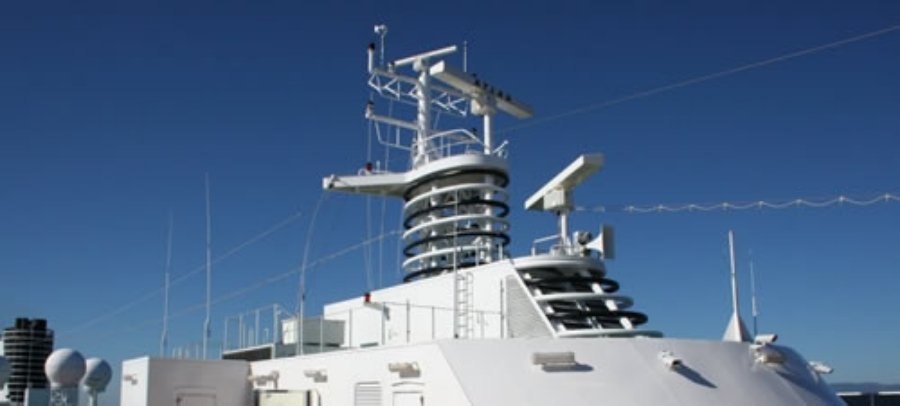Like all (?) aircraft, ships must have transponders that broadcast their position. The information είναι δημόσιες και μπορούν να προβληθούν σε ιστότοπους όπως το AIS Marine Traffic.
However, according to a analysis which was published in New York Times, a shipping data company called Windward "uncovered more than 500 cases of ships tampering with their satellite navigation systems to hide their locations."
The article, by Anatoly Kurmanaev, mentions the Cypriot tanker Reliant, which was seen taking oil from a Venezuelan refinery last December. However at the same time, the ship he reported his position at a distance of about 300 nautical miles (about 500 kilometers), "off the coast of St. Lucia."
It's illegal (under international law), but the fast-growing practice allows ships to circumvent international laws and sanctions, the Times reports, and it "could change the way goods are moved around the world, with implications for international law enforcement, organized crime and global trade".
These practices are used by Chinese fishing fleets that hide in protected waters off South America, tankers that hide their stops at Iranian oil ports, and container ships that hide their journeys in the Middle East. A US intelligence official, who cited confidential government estimates on condition of anonymity, said the deception tactic has already been used to smuggle weapons and drugs.
"It's a new way for ships to convey a completely different identity," said Matan Peled, founder of Windward.
"Things have unfolded with astonishing and terrifying speed. . . ."
The spread of AIS manipulation shows how easy it is to subvert its technology – the Global Positioning System, or GPS – that usesare almost everywhere, said Dana Goward, a former senior U.S. Coast Guard officer and president of the Resilient Navigation and Timing Foundation, a Virginia-based GPS policy group. "This shows how vulnerable the system is," he said.





